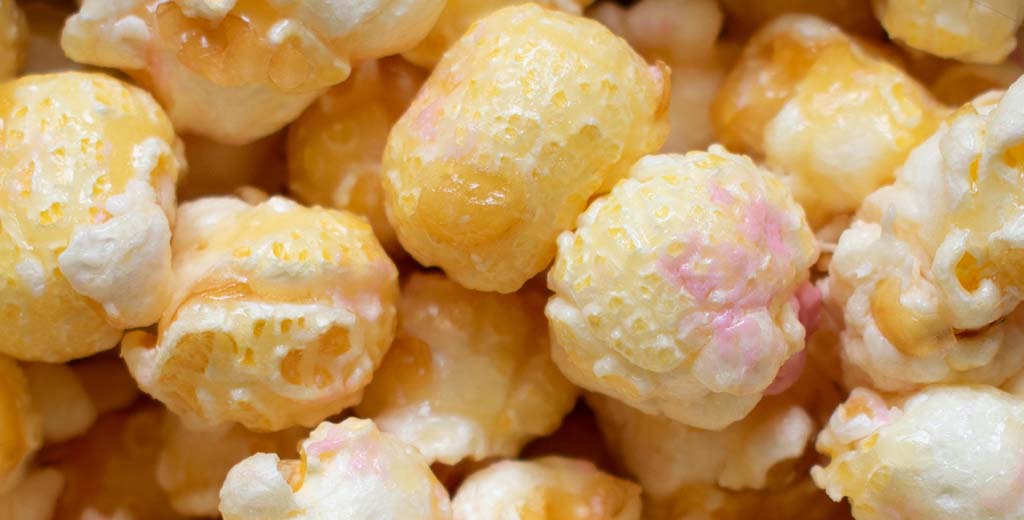The science behind popcorn popping and how it happens
Popcorn is undeniably one of the most beloved snacks around the world. From cinema theatres to cosy nights at home, the delightful sound and aroma of popcorn popping bring joy to our taste buds. But have you ever wondered about the fascinating science behind this magical transformation? In this blog post, we delve into the scientific process behind popcorn popping, unlocking the secrets that make it such a unique and enjoyable snack.
The Science of Popcorn
At its core, popcorn is undeniably a variety of corn known as Zea Mays Everta. While all types of corn kernels may look similar, what sets popcorn apart is its ability to pop when exposed to heat. This happens due to the intriguing combination of moisture, starch, and heat.
Each popcorn kernel consists of three main parts: the hull, endosperm, and germ. The hull is the tough outer layer that protects the kernel, while the endosperm contains the starch and water needed for popping. The germ, the smallest part, is the kernel's living embryo.
When popcorn kernels are heated, the water inside the endosperm turns into steam, creating pressure within the kernel. As the temperature rises above 100 degrees Celsius (212 degrees Fahrenheit), the pressure reaches a critical point. Suddenly, the hull gives way, and the starch gelatinises, forming a superheated, gel-like substance.
The Popping Process
Once the hull bursts, the pressure inside the kernel is rapidly released. The sudden release of pressure causes the starch to expand and inflate, transforming the kernel into the familiar fluffy shape we associate with popcorn. This process happens within a fraction of a second, and the result is a delightful explosion of taste and texture.

Interestingly, not all popcorn pops equally. The ratio of moisture to starch in a kernel plays a crucial role in determining its popping potential. The ideal moisture content is around 13.5% to 14%—too much moisture, and the kernel won't pop properly, while too little moisture results in smaller, less fluffy popcorn.
Additionally, the shape of the popcorn kernel influences how it pops. The outer hull is crucial in containing the pressure buildup. Kernels with a rounded shape are more likely to produce larger, rounder pieces of popcorn, while kernels with irregular shapes may result in popcorn with unique, quirky forms.
Conclusion
Popcorn popping is a captivating process that combines the power of heat, moisture, and starch. Understanding the science behind it adds another layer of appreciation to this beloved snack. Next time you indulge in a bowl of popcorn, take a moment to appreciate the magical transformation that occurs within each kernel.
At Popcorn Shed, we're passionate about delivering the finest popcorn, crafted with care and bursting with flavour. From our low calorie Mini Pop! range to our luxury gourmet popcorn sheds, we’ve got our popcorn popping down to a T! So sit back, relax, and enjoy the crunchy goodness that is our favourite treat: popcorn!
Fancy seeing this popcorn popping process happen before your own eyes? Our DIY Popcorn Kits allow you to make delicious fresh popcorn in the comfort of your own home, with your favourite toppings or popcorn seasonings. But remember, the next time you hear the delightful "pop," to think about that newfound appreciation for the remarkable science that makes it happen!





















Leave a comment